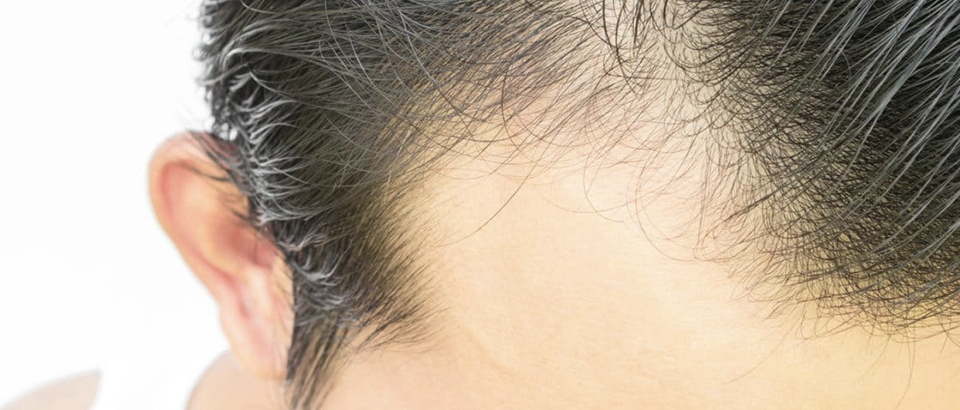The True Cost of Low-Cost Transplants

Why consider a Low-Cost Transplant?
Hair loss is a common complaint among men. It's something that must be faced -- in mirrors around the world -- by an estimated 35 million men. And by facing it these men, and women must decide to accept hair loss or search for a solution. According to a 2009 survey by the International Society of Hair Restoration Surgery, almost 60% of men would rather have a full head of hair than money or friends. A full head of hair is that important.
So hair loss is a deeply personal issue. It's so personal and disruptive, men and women often suffer in silence. But even if they don't talk about their thinning hair, many who suffer from hair loss want a solution.
It explains the new hair restoration clinics sprouting up in cities from Berlin to Buenos Aires promising to restore thicker hair to both sexes. In fact, football star Cristiano Ronaldo just announced he is opening a hair transplant clinic in Madrid. He knows there is a demand.
As with anything in life, there are pros and cons to this burgeoning industry. As the market becomes more crowded, hair restoration clinics find themselves competing not on quality, but on cost. One of the countries you may hear mentioned in association with low-cost hair transplants is Turkey. In the Middle East, everyone seems to know someone who has gone to Turkey for hair restoration.
Why Turkey?
Tourism to Turkey has been declining in recent years. In response, the government has invested more in medical tourism and in particular, hair restoration tourism to draw visitors. In fact, somewhere between 10,000 and 60,000 people travel to Turkey every year for hair transplants, according to the Turkish newspaper Hurriyet. And according to the Turkish Healthcare Travel Council, the country made $5.8 billion in 2015 or about $10,000 per visitor.
It's a competitive market with clinics in Istanbul constantly lowering their prices to compete. But those low prices can come at a different cost.
Why is it Risky? What's the true cost of low-cost transplants?
This fast-growing market has produced some success stories, to be sure. It has also produced a lot of disappointment. Botched procedures lead to poor growth rates, unnatural results, scarring, and even infections.
So while the country has seen a lot of investment in private clinics, some experts say as many as 6 in 10 clinics are illegal, operating on the black market. Many of them guarantee 100 % satisfaction. Many clinics also guarantee that a doctor will perform the procedure, but that isn't always the case.
All too often, men and women who have had hair transplants in these high-volume clinics, have gone home before they realize the results are not what they expected.
As many as 80% of Lutétia's hair transplants are repair work on previous low-cost procedures. We have to cover the scars and fill in the hairlines. It sometimes takes two procedures, to fix a bad hair transplant. If you add up the cost of the original and the repair work and it can cost much more than you intended.
So how do clinics compete on cost? And why is this not always advantageous for the patient?
To cut the cost of a complex procedure like a transplant, clinics go with automation for extraction or transplantation, or both. This new technology can't yet compete with the precision of the human hand and specialized DHI injection tools. Other clinics allow technicians, many at a time, to remove and transplant follicles. And faster is always better, right?
Not really. Consider that hair follicles are small and delicate. They aren't always angled in the same direction. They can be damaged by the faster, more automated methods of extraction.
To create a natural-looking hairline with good density requires some cutting-edge science, a careful hand, and an artist's eye.
Your Donor Area Matters
It's not just the appearance of the hairline that must be considered. The back of the head, the donor area, where the follicles are extracted must be left in good condition. First, because covering scars left by hasty extraction methods limits how you can wear your hair. Second, because in a decade or so, you may want to get another transplant. Some hair will continue to fall. Not the transplanted hair, but the original hair on the front and crown of the head is still susceptible to the same forces that caused your hair to fall in the first place. A second transplant isn't an option if the back of the head isn't left in good condition.
How to Choose a Clinic?
By now you realize how important it is to choose a clinic with a reputation for good results. When you interview a clinic, here are the most important questions to ask:
- What method do you use?
- How do you extract and implant the follicles?
- How are the follicles preserved between these two steps?
- Is a doctor performing the procedure from start to finish?
- What are the doctor’s qualifications and experience?
- Do you provide follow-up care?
Finally, if you are not satisfied with the answers to any of these questions, keep searching until you are.
Hair Transplant: Expense or Investment?
Lutétia's DHI-trained doctors are perfectionists who painstakingly, by hand use a special tool to remove follicles without damaging the surrounding skin. Then, they analyze and sort the follicles and then transplant them using a special needle to control the depth and angle of each tiny follicle. This is how they create the best density and most natural hairline in the industry. It's a process that requires patience. It's an investment and you'll see the returns every time you look in the mirror or confidently walk into a crowded room.
No incisions. No scars. No pain.
This is the ideal hair transplant.


